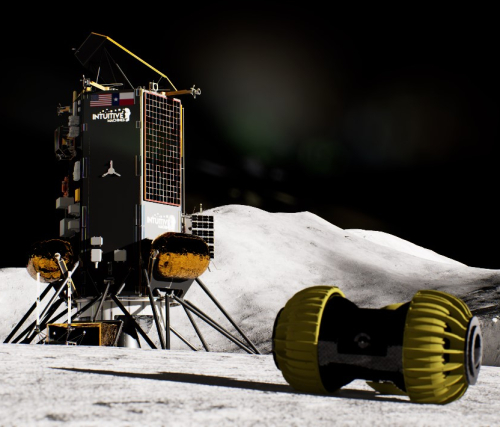Decision on leaking Soyuz and its replacement to be made by Russia on January 11th
According to Russian space reporter Anthony Zak, Russia now says it will make its final decision on replacing the leaking manned Soyuz capsule on ISS January 11. Zak added this:
According to unofficial reports, the damaged spacecraft would return to Earth without crew, while the Soyuz MS-23 spacecraft would be launched in February 2023 piloted by a single cosmonaut Oleg Kononenko. His crew mates Nikolai Chub and Andrei Fedyaev would remain on the ground to free return seats for the two Russian members of the stranded Soyuz MS-22 crew. NASA astronaut Frank Rubio, who also traveled to the ISS on Soyuz MS-22, would return to Earth aboard a US Dragon vehicle, according to that scenario. On Jan. 9, 2023, Roskosmos denied that such a plan had been approved.
I have strong doubts about these “unofficial reports.” First, there would be no reason to fly the Soyuz manned, as it can do everything automatically, just like a Progress freighter. Second, there are serious safety issues about flying Rubio home as an extra passenger on Dragon. More likely someone in Russia wants to tweak some noses by suggesting Russia considers its own astronauts more valuable than the American.
Expect Russia to announce that the new Soyuz will arrive unmanned in February, and bring all three men home.
According to Russian space reporter Anthony Zak, Russia now says it will make its final decision on replacing the leaking manned Soyuz capsule on ISS January 11. Zak added this:
According to unofficial reports, the damaged spacecraft would return to Earth without crew, while the Soyuz MS-23 spacecraft would be launched in February 2023 piloted by a single cosmonaut Oleg Kononenko. His crew mates Nikolai Chub and Andrei Fedyaev would remain on the ground to free return seats for the two Russian members of the stranded Soyuz MS-22 crew. NASA astronaut Frank Rubio, who also traveled to the ISS on Soyuz MS-22, would return to Earth aboard a US Dragon vehicle, according to that scenario. On Jan. 9, 2023, Roskosmos denied that such a plan had been approved.
I have strong doubts about these “unofficial reports.” First, there would be no reason to fly the Soyuz manned, as it can do everything automatically, just like a Progress freighter. Second, there are serious safety issues about flying Rubio home as an extra passenger on Dragon. More likely someone in Russia wants to tweak some noses by suggesting Russia considers its own astronauts more valuable than the American.
Expect Russia to announce that the new Soyuz will arrive unmanned in February, and bring all three men home.








